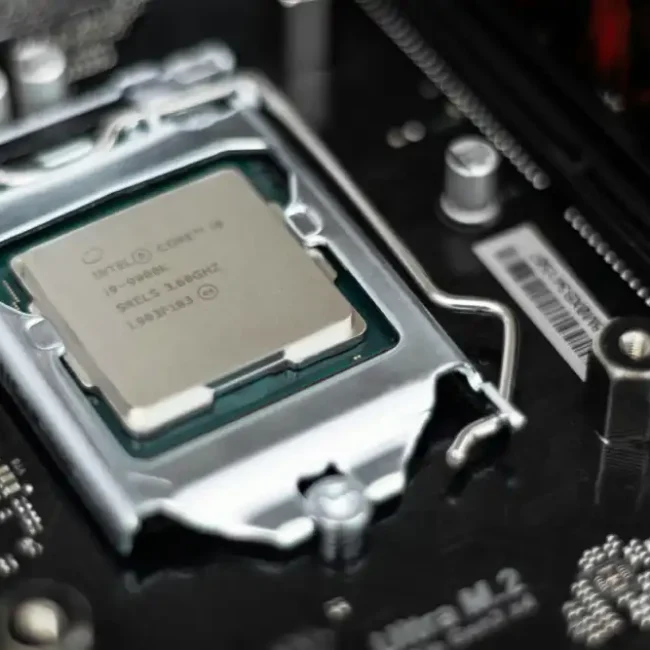Recently Rio Tinto hosted an investor seminar on how they will be “Executing our strategy for long-term value”. While most of the presentation was mainly an overview on their productivity after their acquisition of Arcadium. Lithium stood out as one of the key drivers of their future growth. There is a lot valuable research that they have compiled but we wanted to find you some actionable intel. Here are some of the key highlights from the presentation.
Or if you would like to see the presentation for your self you can peruse through it here.

The Growing Demand for Lithium
According to Rio Tinto’s projections, lithium demand is expected to grow more than sixfold by 2050, driven by the electrification of transportation, renewable energy storage, and advancements in technology.
Key Drivers of Demand:
- Energy Transition:
- The push toward net-zero emissions is creating massive demand for renewable energy technologies. Lithium-ion batteries are central to this transition, powering EVs, energy grids, and portable electronics.
- By 2050, global energy systems are projected to require a shift from 80% fossil fuels to over 70% electricity, with lithium at the core of this transformation.
- Electric Vehicle Adoption:
- The sales of EVs are expected to grow from 14 million in 2023 to over 100 million by 2050, requiring an exponential increase in lithium production.
- Population Growth and Urbanization:
- The global population is anticipated to rise from 8 billion to 9.6 billion by 2050, accompanied by a 74% increase in energy demand. This underscores the need for scalable and sustainable energy solutions, many of which rely on lithium-ion battery storage.

Lithium’s Unique Role in Net-Zero Goals
The shift to net zero by 2050 necessitates unprecedented changes in energy systems, and lithium is a linchpin for these transformations.
Key Statistics:
- Renewable energy capacity needs to grow 9x from current levels, requiring massive investments in battery storage solutions where lithium dominates.
- Lithium-ion batteries are critical for stabilizing renewable grids, as they provide scalable, efficient energy storage.
Comparative Advantage:
- Unlike other metals, lithium’s primary use in batteries gives it a direct link to decarbonization efforts, making it indispensable for EVs, onshore wind energy, and grid-scale storage.

Infrastructure Investment:
- To meet future demand, annual investments in the power sector need to double from $1.3 trillion to $2.7 trillion by 2050. Lithium mining and production will require parallel investments in extraction technologies and sustainable practices.
Global Competition:
- Major lithium producers such as Australia, Chile, and China currently dominate the market. However, new entrants in North America and Africa, backed by advanced extraction technologies, could disrupt the supply chain.
Final Thoughts
Rio Tinto’s data underscores the extraordinary potential of the lithium industry. As the world transitions to cleaner energy, lithium stands out as a critical enabler of electrification and decarbonization. For investors and industry stakeholders, the message is clear: the growth trajectory of lithium demand presents a once-in-a-generation opportunity.
Whether through investing in established producers, exploring new technologies, or supporting sustainable mining practices, the lithium market offers a pathway to not only capitalize on economic growth but also contribute meaningfully to a greener, more sustainable future.





